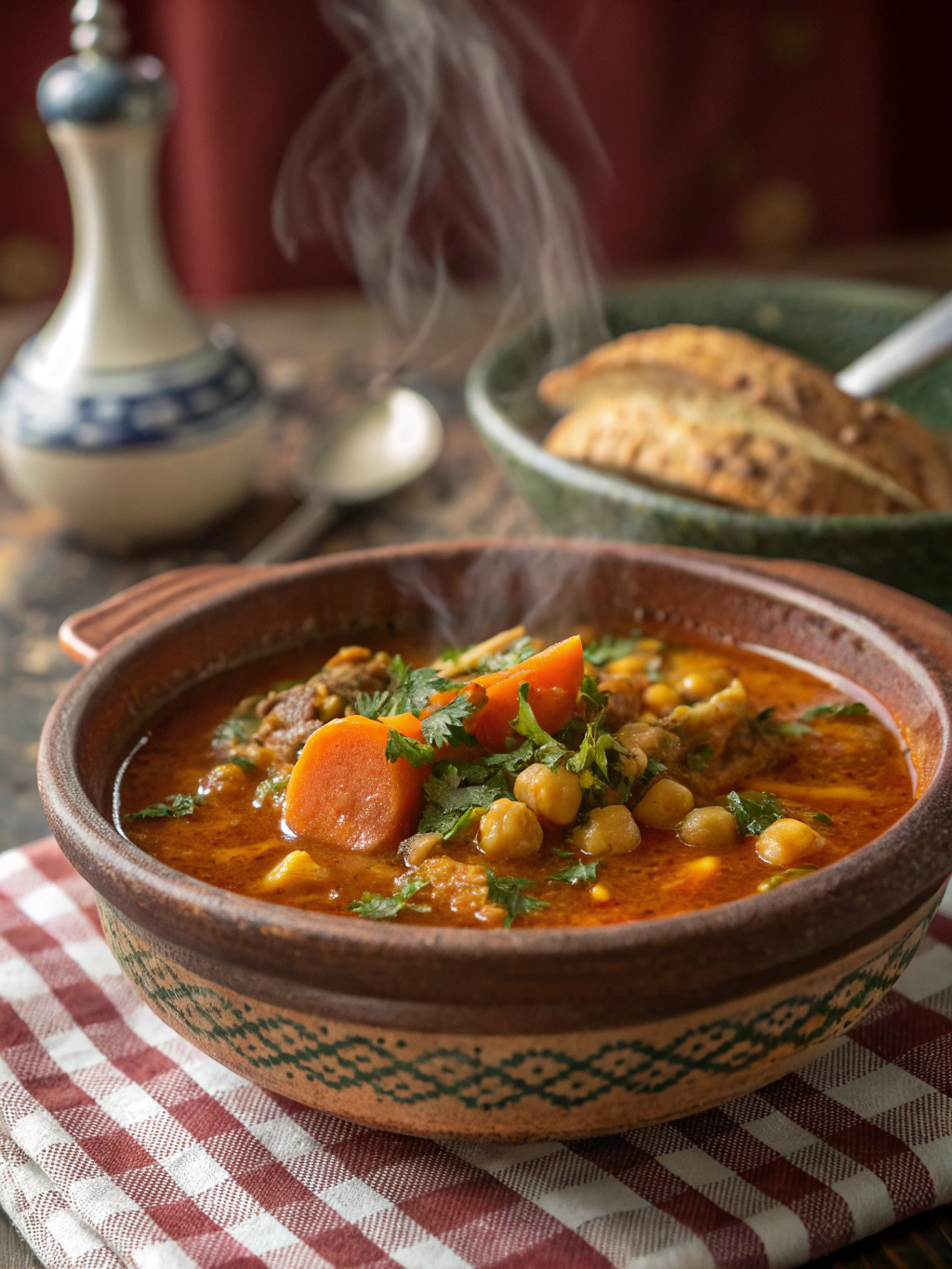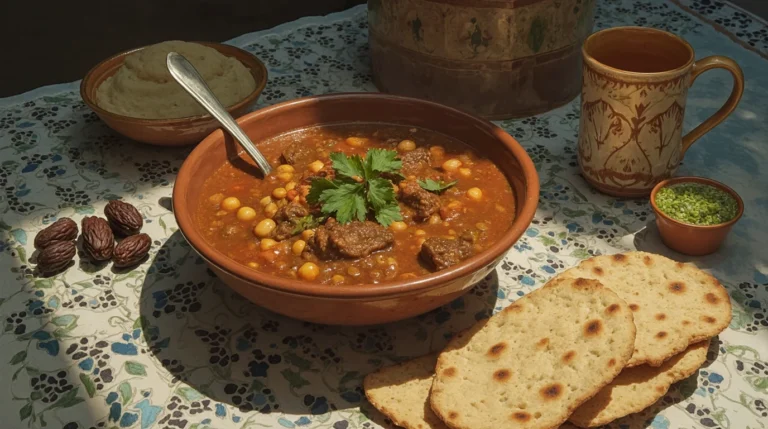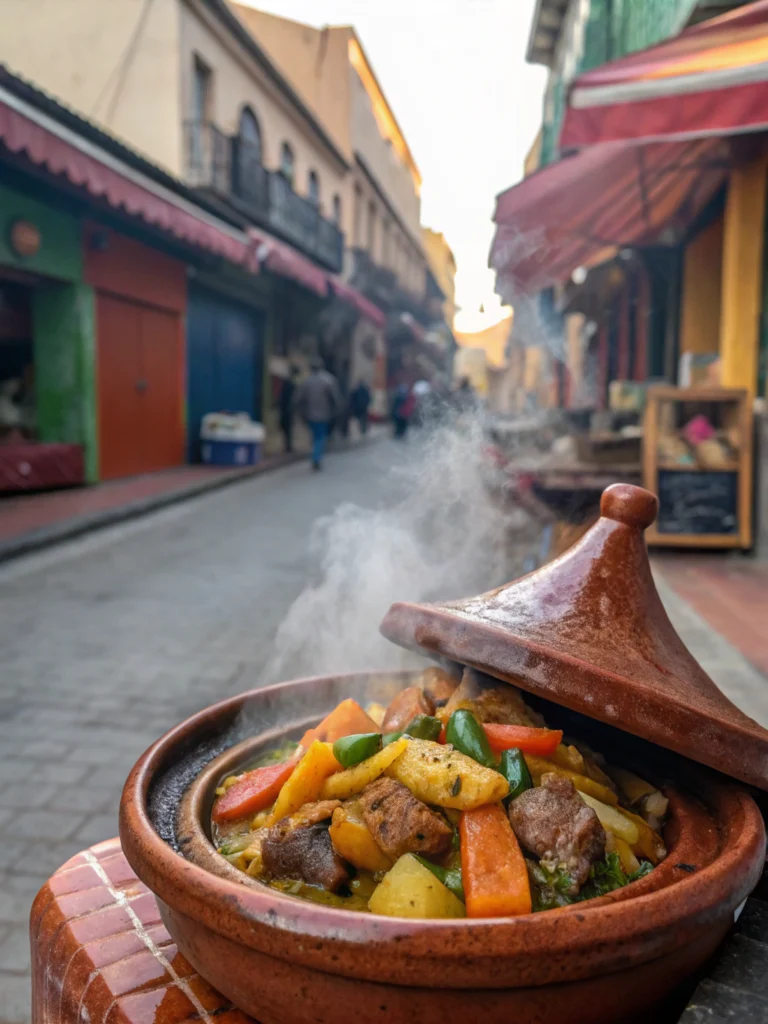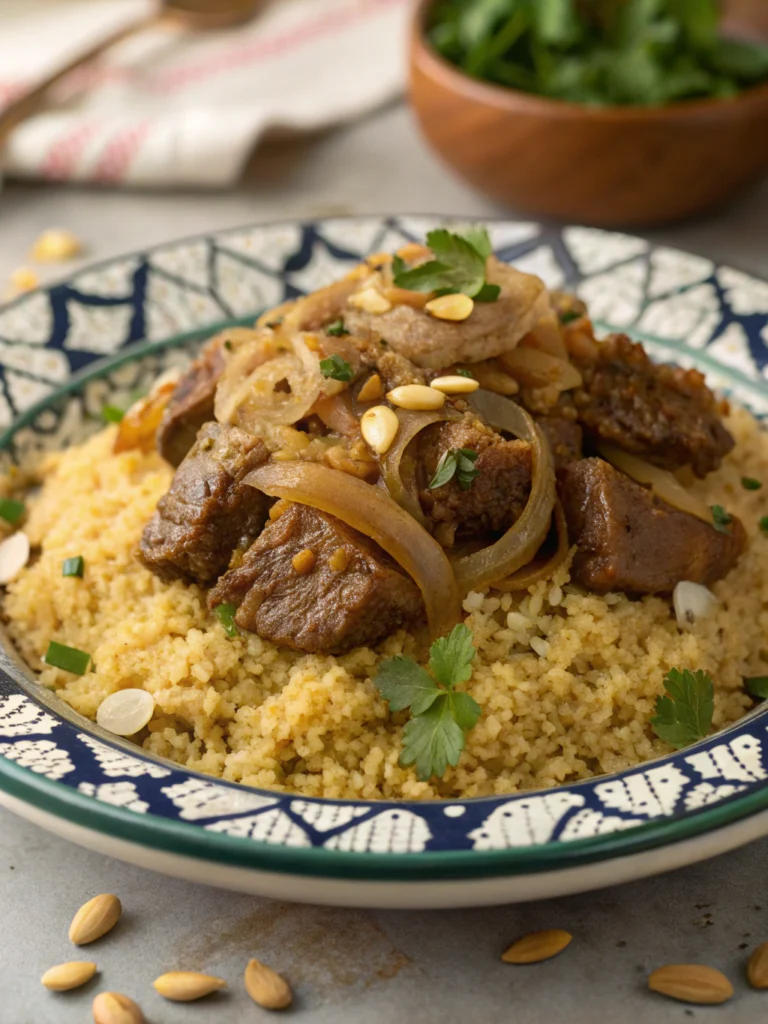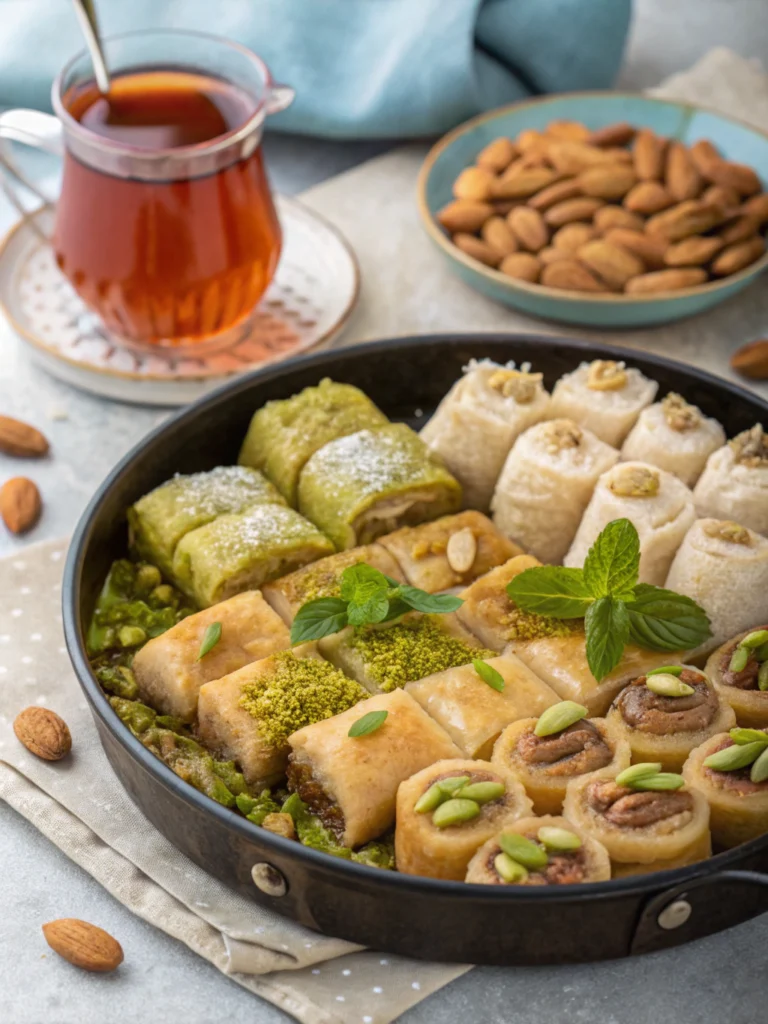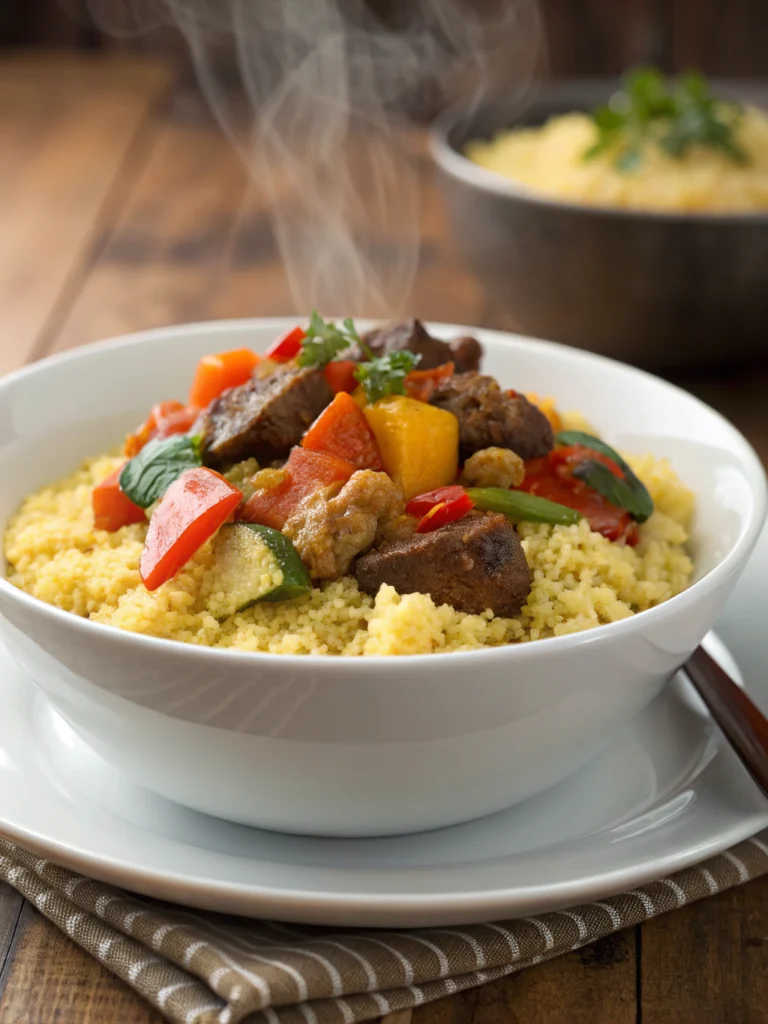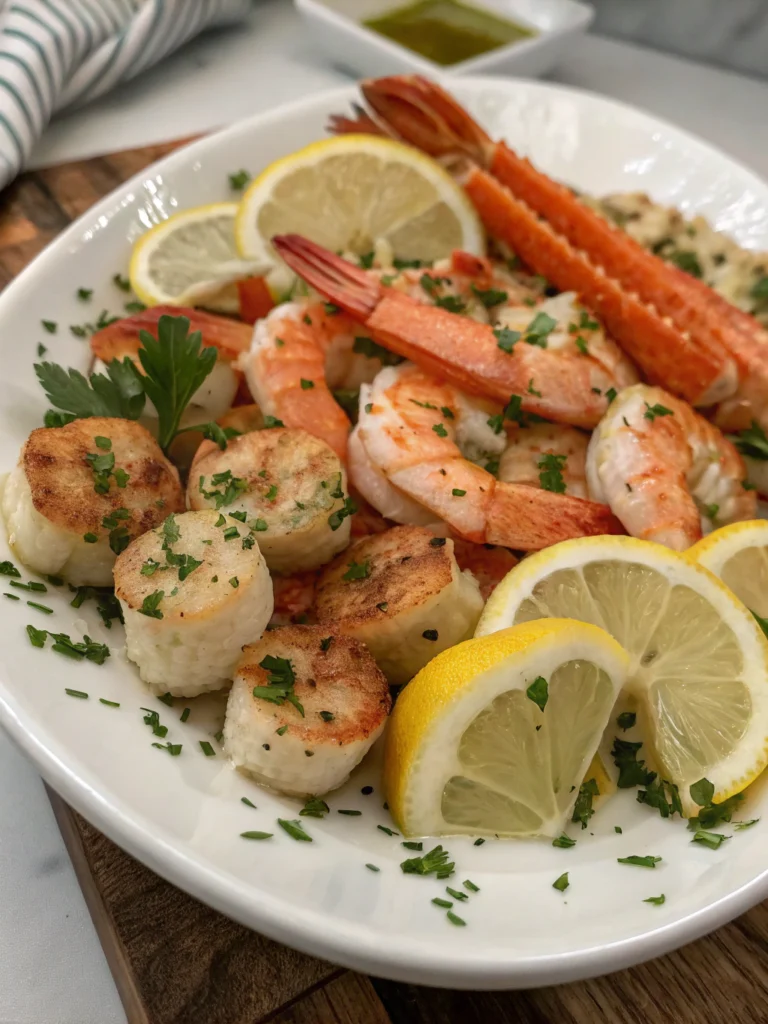A Beginner’s Guide to Authentic Moroccan Soups
Have you ever wondered what makes Moroccan soups so incredibly flavorful and aromatic?
Exploring the rich culinary traditions of Moroccan soups can unlock a world of exotic spices, vibrant colors, and comforting warmth.
Ingredients List
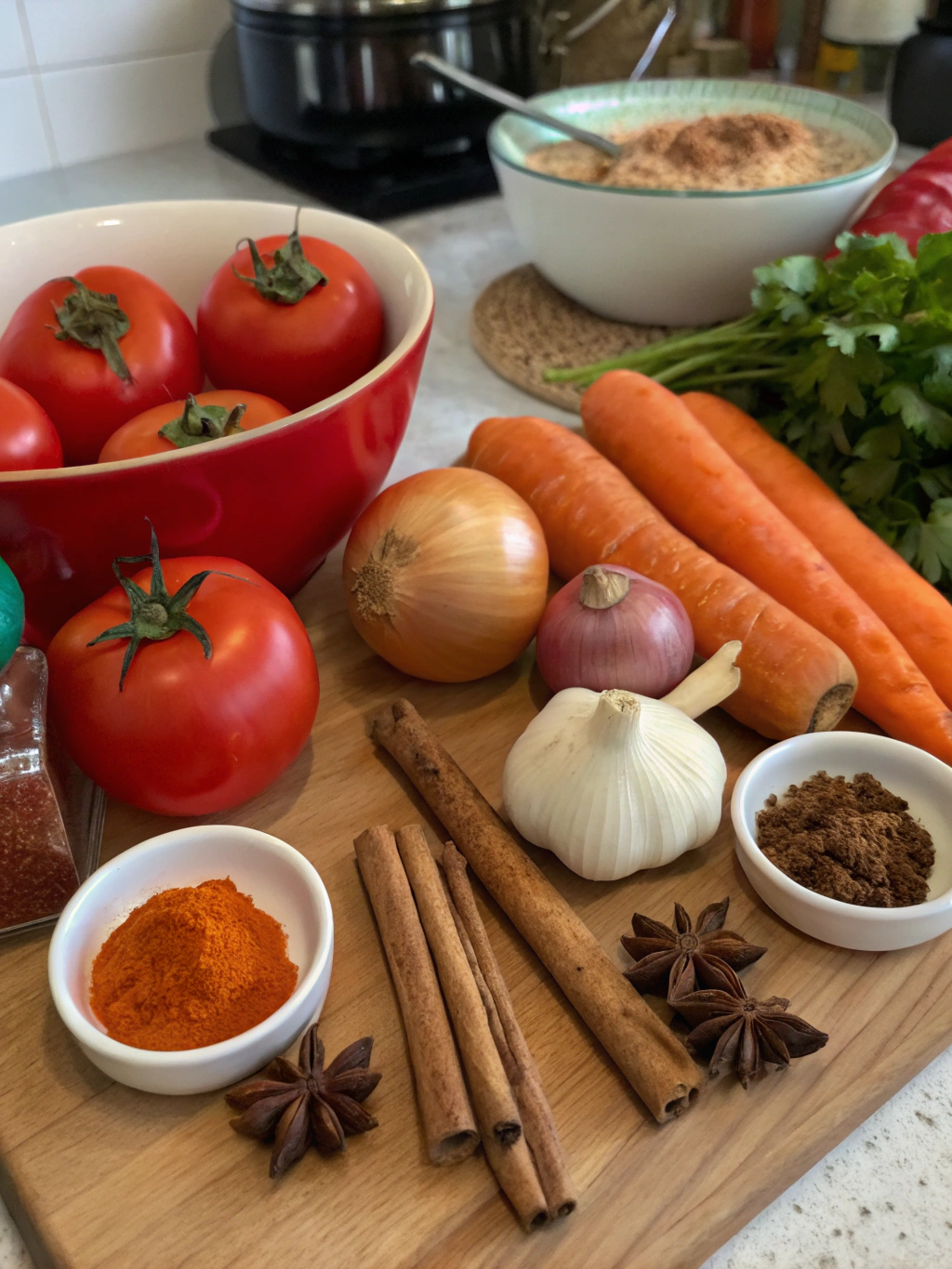
To embark on your journey into authentic Moroccan soup-making, you’ll need a few key ingredients. Here’s a typical list:
- Olive oil or ghee (for a richer, nuttier flavor)
- Onions, garlic, and ginger (the aromatic base)
- Spices like cumin, coriander, paprika, and saffron (for depth and warmth)
- Tomatoes, chickpeas, and lentils (for heartiness and protein)
- Broth or stock (vegetable or chicken, depending on dietary preferences)
- Fresh herbs like cilantro, parsley, and mint (for brightness and freshness)
- Lemons or preserved lemons (for a tangy kick)
Don’t be afraid to experiment with substitutions like using vegetable stock for a vegan option or swapping in different legumes or grains for variety.
Timing
Most Moroccan soup recipes require around 60-90 minutes of total time, with 20-30 minutes of preparation and 40-60 minutes of simmering on the stovetop.
This relatively short cooking time, compared to many slow-cooked stews, allows the flavors to meld while still maintaining the vibrant colors and textures.
Step-by-Step Instructions – Moroccan soups
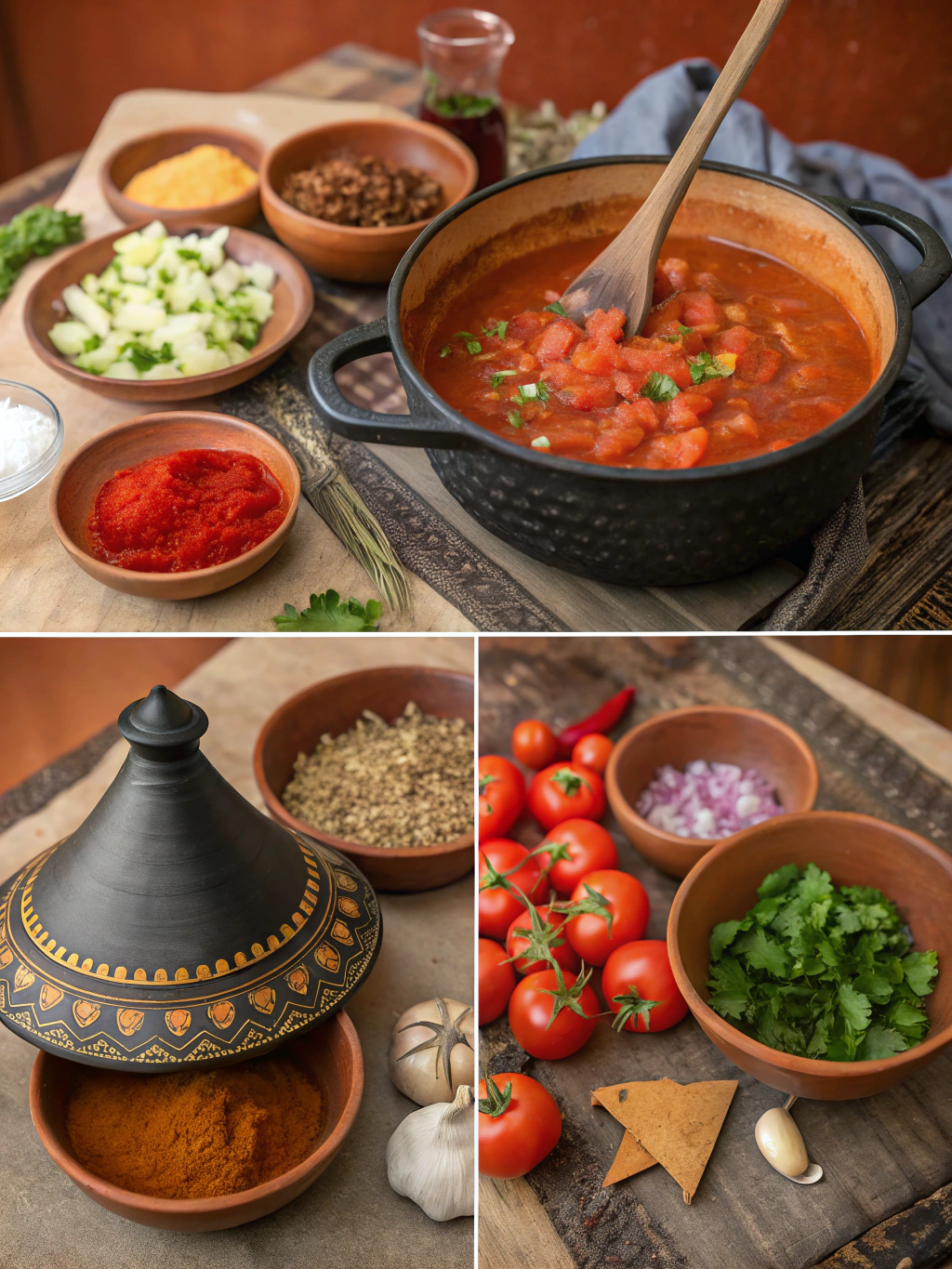
Step 1: Prepare the Aromatics
Start by finely chopping the onions, garlic, and ginger. In a large pot or Dutch oven, heat the olive oil or ghee over medium heat. Sauté the aromatics until fragrant and softened, about 5 minutes.
Step 2: Toast the Spices
Add the dry spices (cumin, coriander, paprika, and a pinch of saffron) to the pot and toast for 1-2 minutes, stirring constantly. This step helps to release the essential oils and amplify the flavors.
Step 3: Add the Vegetables and Liquids
Stir in the diced tomatoes, chickpeas or lentils, and broth or stock. Bring the mixture to a simmer, then reduce the heat to low and let it gently simmer for 30-45 minutes, until the vegetables are tender and the flavors have melded.
Step 4: Finish with Fresh Herbs and Lemon
Remove the pot from heat and stir in the fresh herbs (cilantro, parsley, and mint). Squeeze in the juice of half a lemon, or add a few slices of preserved lemon for an authentic Moroccan touch.
Nutritional Information
Moroccan soups are not only bursting with flavor but also packed with nutrients. A typical serving (approximately 1 cup) of a lentil or chickpea-based soup can provide:
- Protein: 8-10 grams (15-20% of the recommended daily value)
- Fiber: 6-8 grams (24-32% of the recommended daily value)
- Vitamins and minerals like iron, potassium, and vitamin C
With the addition of olive oil or ghee, you’ll also benefit from healthy fats that aid in nutrient absorption and satiety.
Healthier Alternatives for the Recipe
To make your Moroccan soup even more nutritious, consider these simple swaps:
- Use low-sodium broth or stock to reduce salt intake.
- Swap out half the olive oil or ghee for water or vegetable broth to cut down on fat.
- Add extra vegetables like spinach, kale, or carrots for a nutrient boost.
- Opt for whole grains like barley or farro instead of legumes for added fiber.
Serving Suggestions
Moroccan soups are incredibly versatile and can be enjoyed in a variety of ways:
- Serve them as a hearty main course with warm pita bread or a fresh salad on the side.
- Use them as a flavorful starter or appetizer, portioned into smaller cups or bowls.
- Pack them for a satisfying and portable lunch, garnished with a dollop of yogurt or a sprinkle of toasted nuts.
- Pair them with couscous or rice for a more substantial meal.
Common Mistakes to Avoid
- Not allowing enough time for the flavors to meld. Simmering the soup for at least 30 minutes is crucial.
- Skimping on the spices. Moroccan cuisine is known for its bold and aromatic spice blends, so don’t be shy with the seasoning.
- Overcooking the vegetables. Keep an eye on the pot and adjust the heat as needed to prevent mushy textures.
- Forgetting to finish with fresh herbs and lemon. These final touches add brightness and balance to the rich flavors.
Storing Tips for the Recipe
Moroccan soups are perfect for meal prepping or enjoying as leftovers. Here are some tips for storing them:
- Allow the soup to cool completely before transferring to airtight containers.
- Refrigerate for up to 4-5 days, or freeze for up to 3 months.
- When reheating, add a splash of broth or water to thin out the consistency if needed.
- Consider storing the fresh herbs separately and adding them just before serving for maximum freshness.
Conclusion
Exploring the world of Moroccan soups is a culinary adventure that will tantalize your taste buds and nourish your body. With a few simple ingredients and techniques, you can transport yourself to the vibrant markets of Morocco, savoring the rich flavors and comforting warmth of these authentic recipes.
So, why not gather your spices, roll up your sleeves, and embark on this flavorful journey? Share your creations with family and friends, and let the aromas of cumin, coriander, and saffron fill your kitchen with the essence of Moroccan hospitality. Beginner’s guide or seasoned chef, these soups are sure to become a cherished addition to your repertoire.

